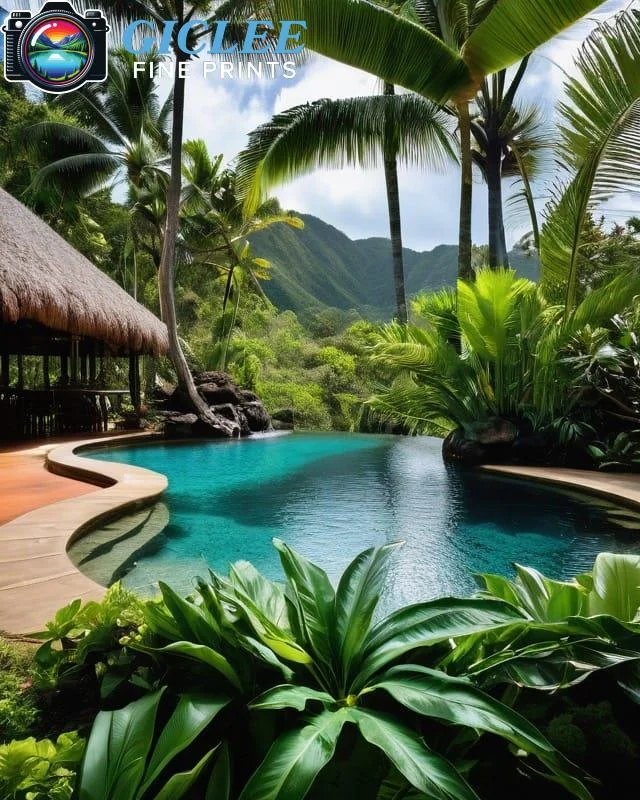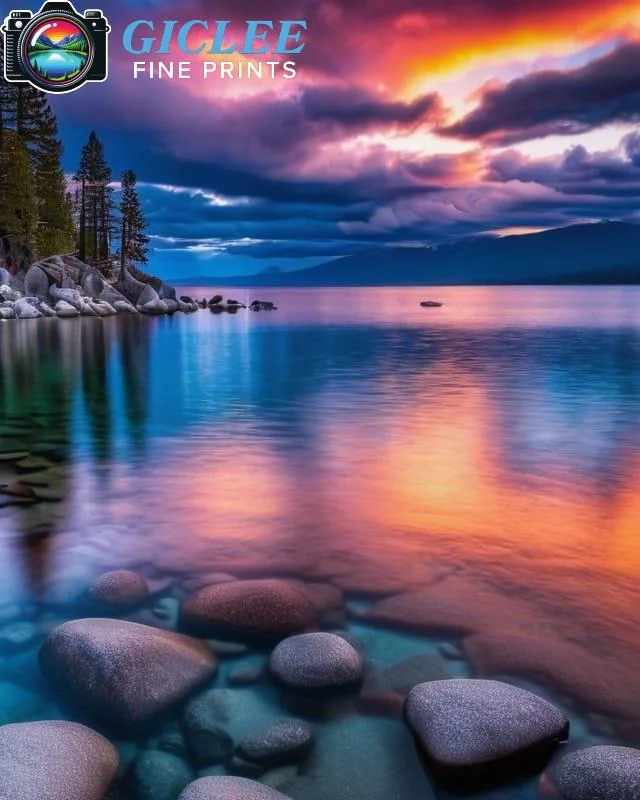
Have you ever printed a beautiful artwork or photo, only to find that it turned out darker than you expected? It can be really frustrating when your masterpiece doesn’t look the way you imagined. But don’t worry! There are easy ways to fix this and make sure your prints come out just right, whether you’re printing on canvas, fine art paper, metal prints, or peel-and-stick wall art. At Giclee Fine Prints, we specialize in getting your prints perfect, and we’re here to share some tips that can help you avoid overly dark prints.
Calibrate Your Monitor
Our computer monitor plays a big role in how your image looks. If your screen is too bright, it might make your artwork appear lighter than it really is. When you print it out, it can come out too dark.
How to fix it:
- Use a tool to adjust your screen’s brightness, contrast, and colors.
- Calibrate your monitor regularly, especially before big printing jobs or important projects.
Work with Proper Lighting Conditions
Where you work also affects how you see your image. If your room is too dark or too bright, it can make it hard to get the right brightness on your print.
Tips:
- Work in a room with balanced, neutral lighting—don’t make it too bright or too dim.
- Avoid light shining directly on your screen.
- Think about getting a monitor hood to block glare from your screen.

Adjust Your Editing Workflow
Small changes in your editing can help make your prints come out brighter and more accurate.
Recommendations:
- Work with RAW files, which give you more control over brightness and exposure.
- Slightly brighten the shadow areas of your image, and make sure the highlights aren’t too bright.
- Use the soft-proofing feature in your editing software to see how your image will look when printed on canvas, fine art paper, metal prints, or peel-and-stick material.

Consider the Printing Medium
Different materials (like canvas, fine art paper, metal prints, or peel-and-stick wall art) can affect the brightness and color of your print. For example, metal prints often make colors pop more, while fine art paper might make dark areas look deeper.
How to adapt:
- Print small test sections of your image on the material you plan to use. This helps you see how it will look before printing the whole piece.
- Ask the experts at Giclee Fine Prints for advice on how each material handles color and brightness.
Print Test Strips and Adjust as Needed
Before printing a large piece, print a small test strip or section of your image. This will help you see if the brightness looks good and make any necessary adjustments before printing the entire piece.
What to look for:
- Are the shadows too dark? Try increasing exposure or adjusting the shadows.
- Do the mid-tones look dull? Lighten them a little.
- Is the whole image too dark? Adjust the brightness or settings in your editing software.
Contact Us
Our address is: 3816 Pioneer Trail Ste #3, South Lake Tahoe, CA 96150
Email: Info@gicleefineprints.com
FAQs
Your monitor might be too bright or not set up correctly. Calibrating your screen and adjusting its brightness can help make your prints more accurate.
Yes, you can adjust things in your editing process. Try making the shadows a little brighter, and it could help lighten the overall print.
It’s a good idea to calibrate your monitor every month or before important print jobs to keep everything consistent.


